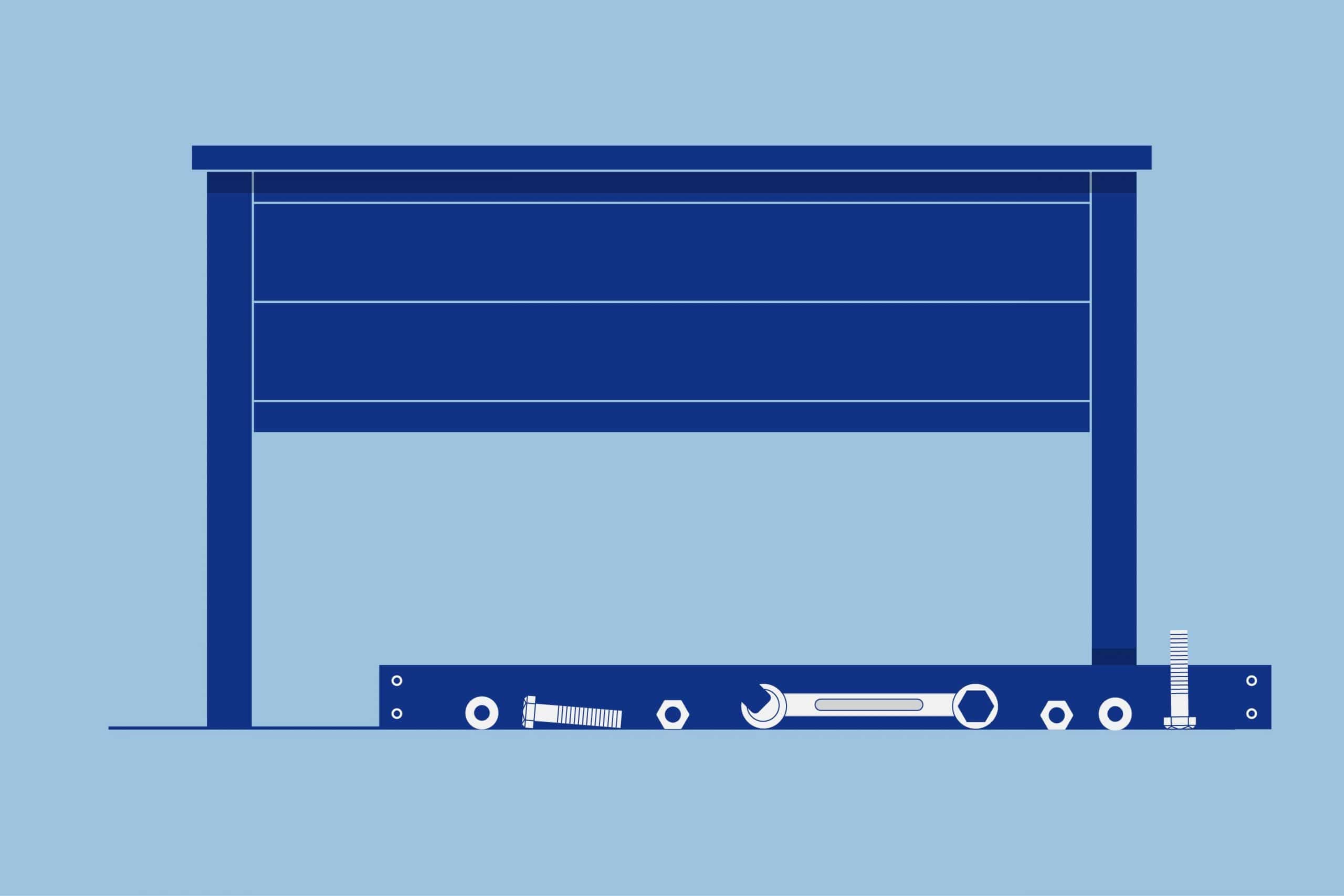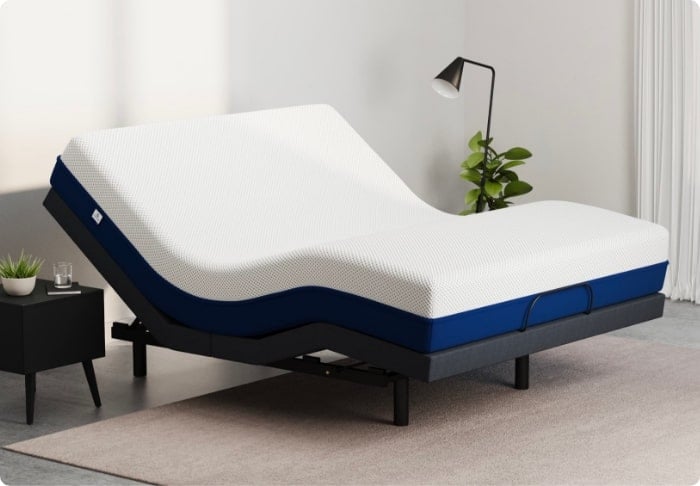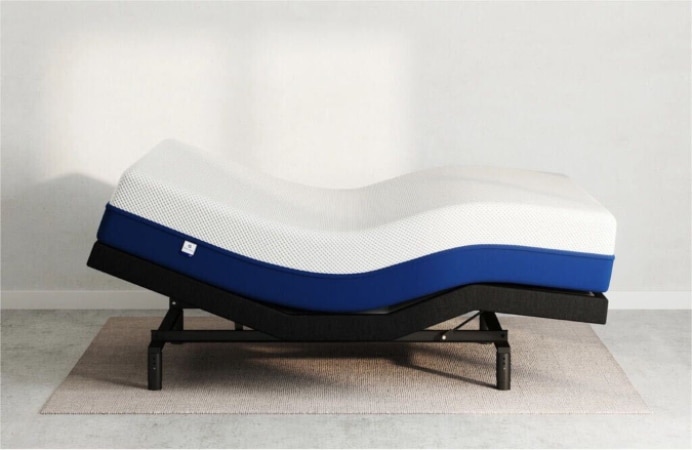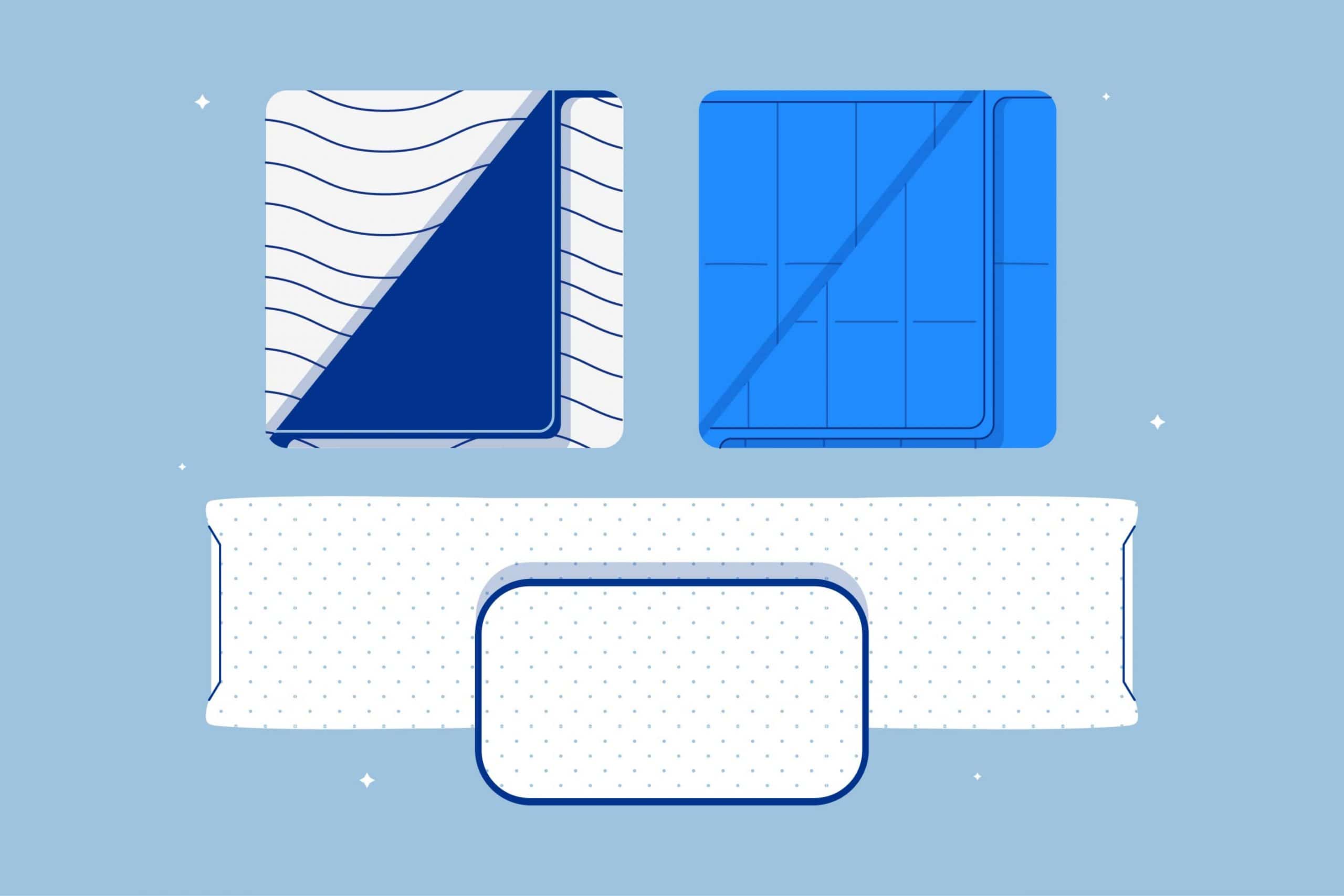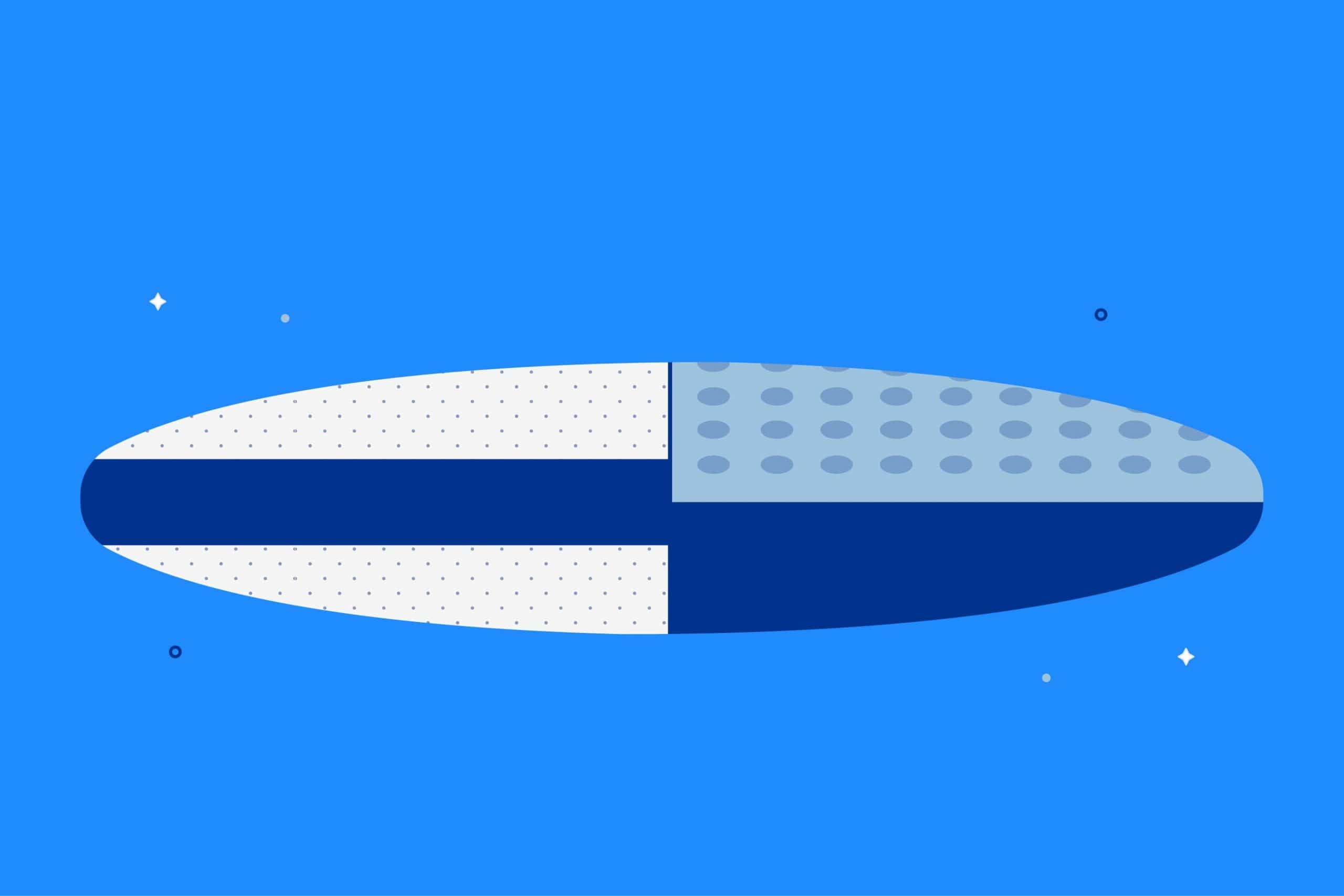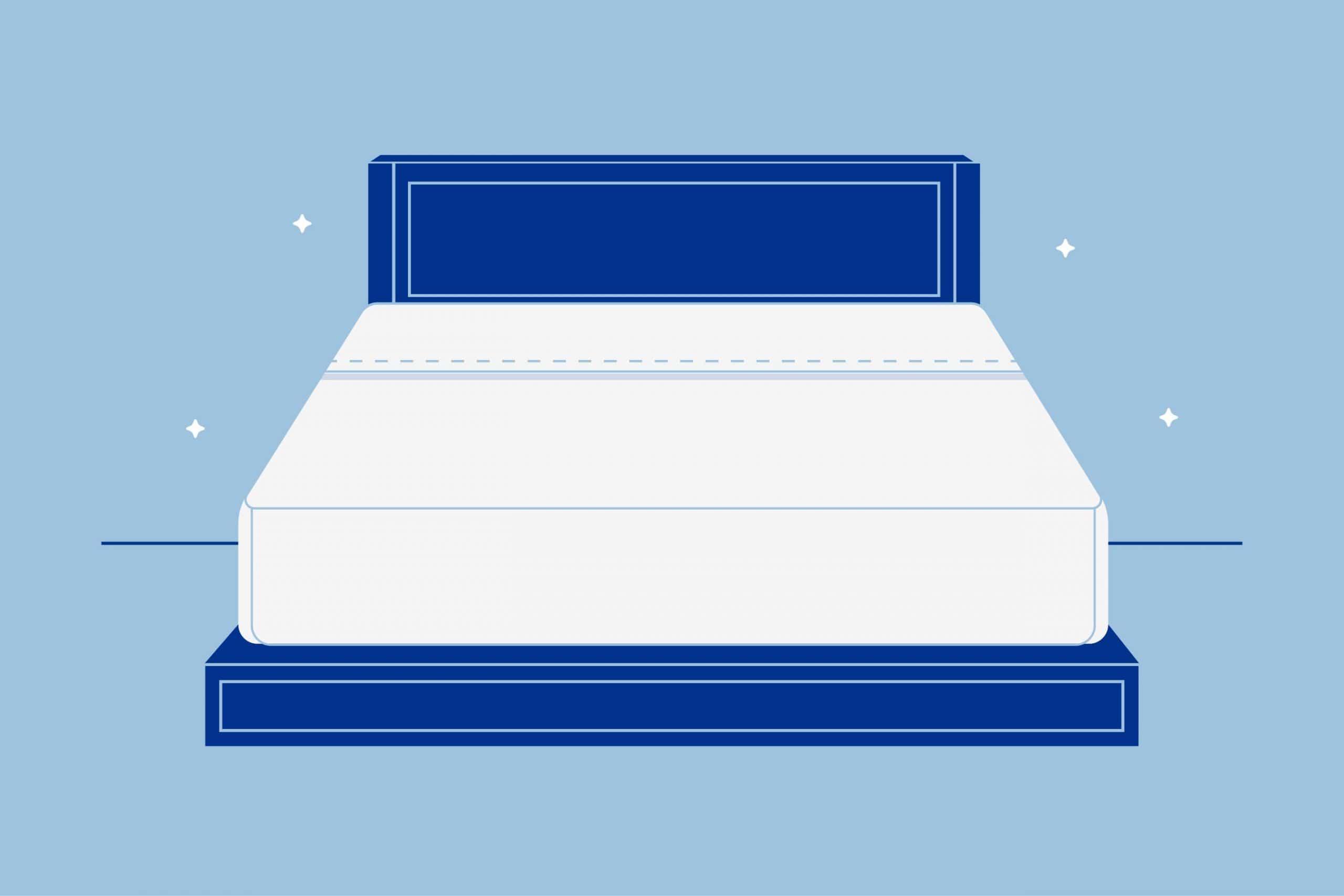For many shoppers, headboards are a necessary part of the bedroom, even as many bed frame designs have moved away from them. People often want to make their adjustable base and bedroom look more beautiful with a headboard. However, they may not know how to attach a traditional headboard to a metal bed frame like an adjustable base.
Our guide covers the six steps it takes to attach a headboard to an adjustable frame.
1. Check the Adjustable Frame for a Headboard Bracket
Not every adjustable base includes a headboard bracket. So the first step is to see if your adjustable frame has headboard brackets already attached to it.
If your mattress doesn’t have a headboard bracket, that doesn’t mean you can’t attach a headboard. It simply means you need to buy a headboard bracket set compatible with your mattress. You can usually find this information by checking the adjustable bed’s instructions or reaching out to the manufacturer’s customer service.
A headboard bracket kit usually comes with:
- Bracket channels
- Nuts
- Bolts
- Washer
We want to clarify that the bolts included are usually just enough to attach the bracket to the base. A headboard bracket kit typically lacks the bolts needed to attach the headboard to the base. These bolts often come with the headboard, although you need to check if the diameter of the headboard’s bolts will fit with the bracket’s holes.
2. Check How The Headboard Is Attached
You have a headboard bracket. Does that mean you’re ready to install a headboard? Not quite, because you also have to check what kind of headboard bracket it is. There are “bolt-on” and “hook-on” designs.
A bolt-on bracket has drilled holes. A hook-on bracket has specific slots for hooks.
The typical bracket lets you maneuver a bolt through the hole to attach it to the headboard. The hole’s diameter determines what size bolt you need for a secure attachment.
Naturally, if you purchase a headboard bracket, you’ll be able to decide which of these setups you prefer.
3. Prepare the Workspace
Most likely, you’ll be attaching the headboard in your bedroom. The area around the bed should be clear, and you should raise the head of the adjustable bed. Raising the head makes attachment easier.
You will also want to make sure you have your tools and headboard kit at hand. Finally, you might want to enlist a second person to provide a helping hand and make it easier to line up parts and secure the headboard.
4. Attach the Brackets
The specifics of adding brackets to your adjustable base can vary slightly. Most of them will follow this generic outline:
- Secure the headboard bracket channels to the base, then attach the headboard bracket flange to the bracket channels.
- Adjust the brackets so that they’re 1 ½ to 2 inches away from the edge of the bed. This gives the mattress clearance space, ensuring it doesn’t rub against the headboard as the adjustable base moves.
- Finally, tighten the bolts with a wrench, securing the brackets and flanges.
Always double-check the instructions to see if there’s any variation on these steps.
5. Measure the Mounting Holes
After the brackets are secured, measure the distance between the headboard’s mounting holes on its struts. Then measure the distance between the slits that function as the headboard flanges’ mounting holes.
This step ensures that everything is lined up correctly. If they aren’t even with each other, you need to slide the flanges until they do match up and re-secure the bolts.
6. Attach the Headboard
Once you’ve lined up the headboard’s holes with the brackets, stick the bolts through the holes to secure the headboard. Then, tighten these bolts so that the headboard stays in place.
You’re done now, right? Not quite, as the true last step is to lower the adjustable bed back to its flat position. This allows you to double-check you left 1 ½ to 2 inches of clearance space between the headboard and the base for the mattress.
If you have small children, you also want to double-check that there are no more than 1 to 3 inches of space between the mattress’s surface and the bottom of the headboard. If the gap is too large, they may become trapped between the headboard and the mattress when the bed is in the flat position.
What About Floating and Free-Standing Headboards?
Instead of attaching the headboard to the adjustable base, some people prefer to attach the headboard to the wall. Hence the term “floating headboard.”
Wall-mounting a headboard means it doesn’t need to match the size of your adjustable base system. Plus, floating headboards can be switched out with any bed frame.
Potential headboard mounts for a wall include:
- Heavy-duty picture frame mounts
- Mirror mounts
- French cleats
If you have a favorite headboard you want to turn into a wall ornament, there are a few steps to follow:
- Use a level to draw a horizontal line on the wall where the headboard will go.
- Use a stud finder to locate the studs along this line.
- Attach brackets to the wall. Use the headboard’s measurements to install the second set of brackets.
- Mount the headboard.
Like floating headboards, free-standing headboards are not attached to a bed frame. Unlike floating headboards, most free-standing headboards can stand on their own. For example, many headboards with shelves or cubby holes are free-standing headboards.
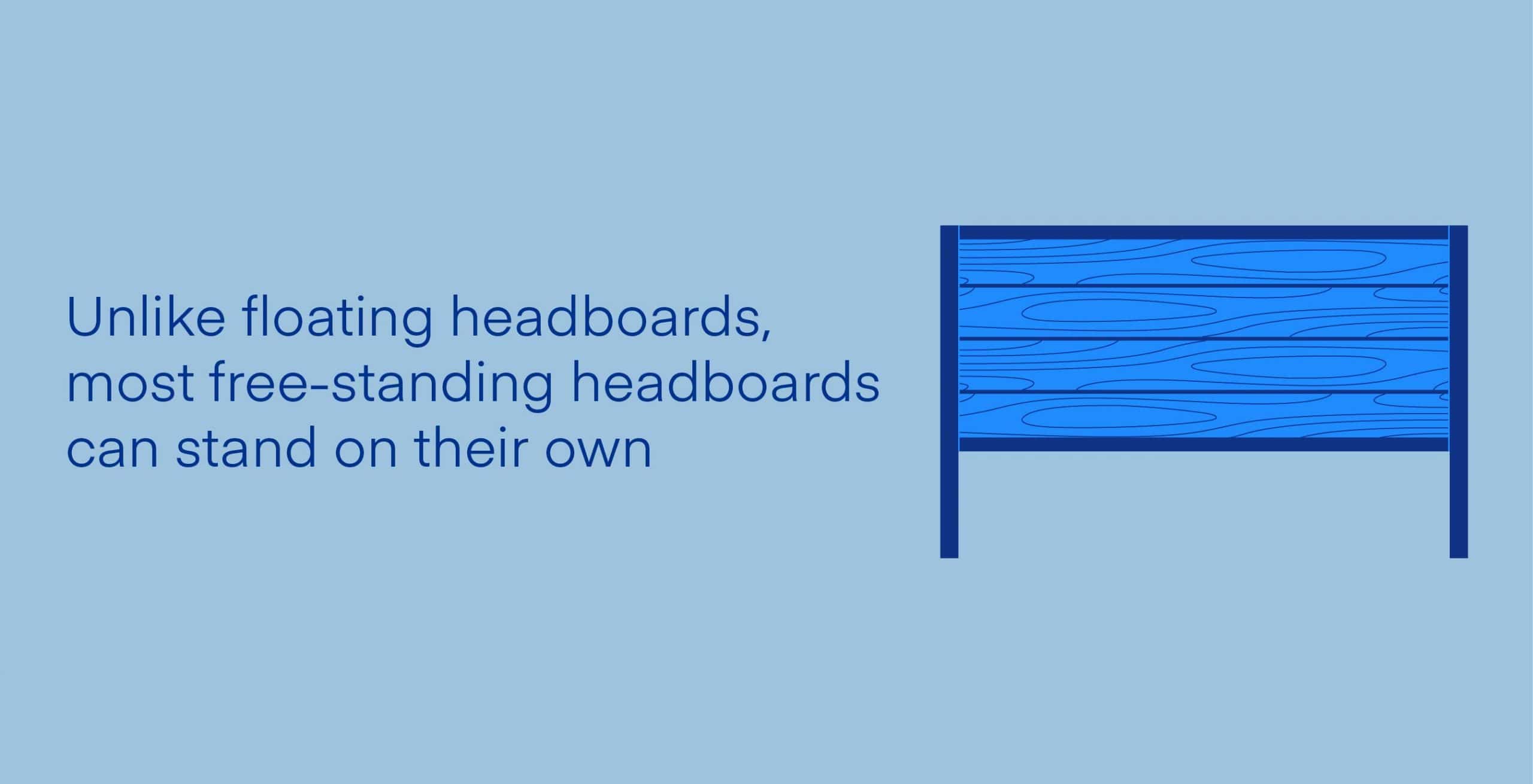
Usually, you can mount a free-standing headboard to a wall or bed frame, but it is not required to use the headboard. This type of headboard is good for people who want a no-fuss decor piece with easy assembly.
Do I Need a Headboard Attachment?
Whether you need a new headboard or not is largely a matter of personal taste. Headboards were once a way to keep heads warm by protecting them from drafts. However, that function has become less important as home heating systems and insulation have improved. Some people also use headboards to keep their pillows on the bed.
For a few shoppers, a headboard may be a simple matter of aesthetics. If their bedroom is filled with traditional decorative pieces of furniture, they may choose to complete their bedroom’s look and feel with a headboard.
Still, forgoing a headboard can also leave you with more wall space to work with in your bedroom. Many people enjoy how sleek a platform bed without a headboard or footboard looks. Choosing not to use a headboard can save money, too.
Ultimately, you’re the only one qualified to decide if a headboard is something you need.
About the Amerisleep Adjustable Bed+
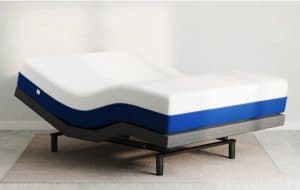 While we offer two adjustable bed bases, the Adjustable Bed+ is our favorite. The bed offers more special features than the basic model, such as full-body massagers. Our Adjustable Bed+ also includes brackets for anyone who wishes to attach a modern headboard.
While we offer two adjustable bed bases, the Adjustable Bed+ is our favorite. The bed offers more special features than the basic model, such as full-body massagers. Our Adjustable Bed+ also includes brackets for anyone who wishes to attach a modern headboard.
With the tap of a button on a wireless remote, the adjustable bed moves to accommodate your wishes. You can sit up to read a book or raise your legs to relieve pressure. The Adjustable Bed+ features pillow-tilt articulation, so you can still lie back on your pillow while sitting up in bed.
The bed’s WallHugger® engineering technology ensures you don’t move away from your nightstand even as you sit up. Instead, the mattress moves back, keeping your body firmly in place.
Our Adjustable Bed+ is available in twin XL, full, queen, king, and split king sizes. We include a 25-year warranty with every Adjustable Bed+ frame.
Frequently Asked Questions
Do adjustable beds ruin mattresses?
This isn’t a yes-or-no question because there are mattresses suited for adjustable bases and mattresses that are not. Memory foam, latex, and hybrid mattresses can flex with an adjustable base without any damage.
However, a traditional innerspring mattress can have its springs damaged when it’s used with an adjustable base. Similarly, air mattresses may develop a puncture or feel uncomfortable if paired with an adjustable frame.
Should you sleep in the zero-gravity position?
Yes, sleeping in the zero-gravity position is one of the best ways to relieve pressure on the body. A zero-gravity bed reduces compression on the spine, eases tension on the hips, and lowers pressure on the back. However, this doesn’t mean sleeping on a flat bed is unhealthy. You can experiment and find what works best for you.
Is it okay to sleep with your legs elevated?
Yes, sleeping with your legs elevated can even improve your blood circulation. Elevating your knees can also reduce pressure on your lower back, decreasing your chances of back pain. Verified Source National Library of Medicine (NIH) World’s largest medical library, making biomedical data and information more accessible. View source
You can raise your legs with an adjustable base or a wedge pillow.
Can you store things under an adjustable bed?
Yes, most adjustable beds leave room for under-bed storage. Some people may even find it more convenient to keep things under an adjustable base than a traditional frame because they can lift the mattress for easier access. However, if your adjustable base includes under-bed lighting, stored items may block the light.
What’s the worst way to sleep?
Most experts say that the worst sleeping position is lying on your front. When you’re on your stomach, gravity pushes your abdomen into the mattress, drawing your spine out of its neutral alignment. You can minimize the chances of sinkage by shopping for a firm mattress for stomach sleeping.
Conclusion
Attaching a headboard can help you dress up an adjustable base, but it’s not the only way to make a bedroom look beautiful. Some people may prefer to use a floating or free-standing headboard. Others may choose to forgo tradition and leave out the headboard all together.
There’s no right or wrong way to decorate a bedroom, as long as the ultimate result promotes a relaxing night’s rest.
About the author
McKenzie Hyde is a Certified Sleep Science Coach and a full-time writer focused on sleep health and the mattress industry. She currently writes articles on a variety of topics, ranging from sleep hygiene to the newest trends in the mattress and bedding industry. Just some of the topics she has covered include best sleep practices for students, the consequences of going without sleep, and choosing the right bed if you suffer from back pain. McKenzie Hyde holds a Master of Arts degree from Utah State University where she studied literature and writing. While there, she taught argumentative writing and wrote a variety of articles and analyses for literary and academic journals.
View all posts